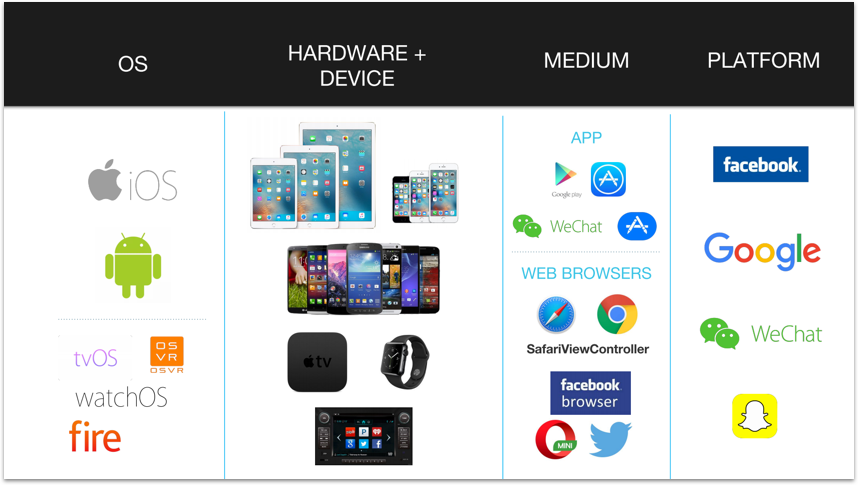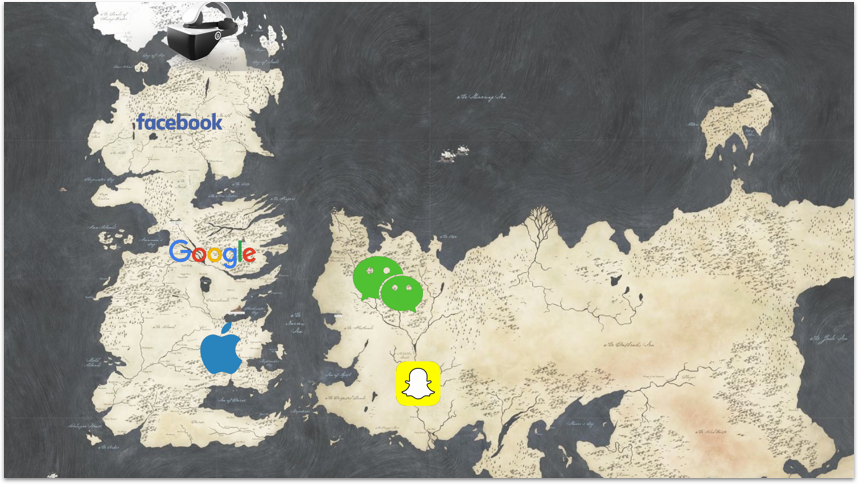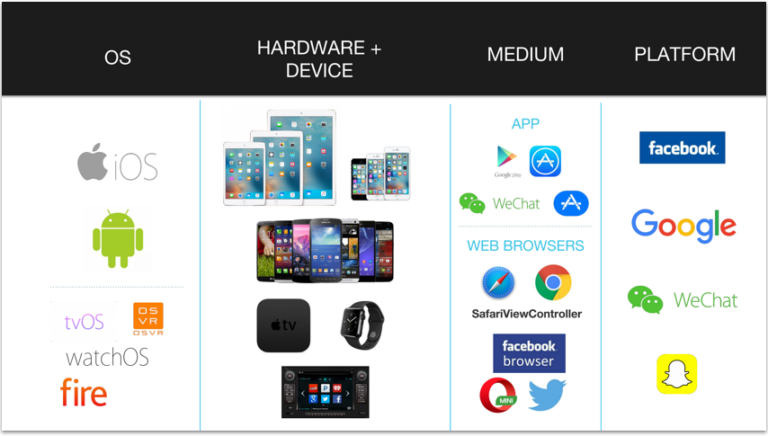frag·men·ta·tion / ˌ fraɡmən ˈtāSH(ə)n/ noun 1. the process or state of breaking or being broken into small or separate parts.
Our co-founder Mada Seghete took to the Collision 2017 stage in New Orleans with one goal in mind: letting the public know we have a crisis.
The mobile ecosystem is fragmented, wars have broken out over user’s time, and a few companies are doing everything they can to build walls around their ecosystems. Not only that, but linking across the various OS’s, devices, mediums, and platforms is incredibly difficult and complex.
“If you were to think about desktops, the web actually unified desktops. So, whether you were on an Apple computer or a Dell, you were getting the to the same content on the web, and having a seamless experience,” Mada said. “That’s no longer true on mobile. First, as mobile was introduced there came a big shift and big split between web and apps. There’s not just apps on Android or iOS, but now we have iMessages apps, and apps in WeChat, and everything is becoming more and more split and more and more broken.”
She also noted that, whether it’s Facebook, Google, or WeChat, these large brands are willing to do everything in their power to keep users inside their apps and on their websites. They have established empires. So, how can the lone app developer, up to the largest enterprise company combat this?
“What can you do to fight? Well, you should try to build your own fortress. It’s not easy, but I think it’s doable,” Mada said. “For some of you [your fortress] might be a mobile website for others it might be a mobile app. I believe that mobile apps are actually the best way to engage users and really own them. You can send them push notifications, they have a piece of your brand on their phone. But if you don’t have a mobile app, maybe it is your website, choose one and make sure to fight for your users.”
While this concept of walling users into an ecosystem isn’t new, it’s one that effectively helped turn Facebook and Google into billion dollar empires. But there are steps that brands can take to create their own empires, where their users are converting over and over again. Whether that’s the mobile web, a mobile app, or any other channel, brands must find their area of growth. There are three steps that Mada laid out for brands to build their own empire:
- Build your own fortress: Find which channel works best for you users, where they engage the most, and where they return to time and time again.
- Fight for your users: Use other channels to push users to your fortress. For example, Jet.com’s mobile app is their fortress, and they use the mobile web specifically to incentivize users to download their mobile app.
- Find allies: Allies can help alleviate the pressure that Google and Facebook put on brands to stay in their ecosystem. Finding a partner will allow brands to share users, and help both brands experience growth. Instacart and Yummly were the perfect example of this, by automatically app-to-app linking Yummly ingredients into Instacart for purchase
While all of these things are important for brands and developers trying to build their brands, Mada mentioned one final plea: Don’t get intimidated by the ecosystems already out there, just keep building.






















